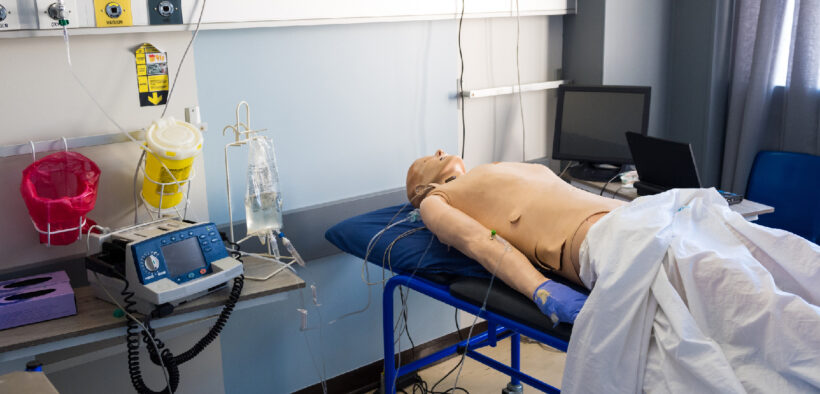Higher education has traditionally taken students out of the “real world” by placing them in the artificial world of a classroom to learn. But the digital revolution made it possible to reintroduce real-world learning through student simulations. Instructors can now record videos of hypothetical situations and give students the opportunity to make decisions that affect how those situations play out as a means of preparing them to implement their learning after graduation.
Unfortunately, many simulations amount to nothing more than a series of multiple-choice questions connected by a contrived situation, which does not offer students any more learning than they would get from a simple worksheet. As Shellman and Turan (2006) note, a simulation should add value to learning by (a) fostering creative and analytical thinking and (b) teaching students about the situation being simulated. Here are four ways to promote these learning outcomes.









